How to change tractor engine oil
Here is the guide to follow when changing engine oil for your tractor:
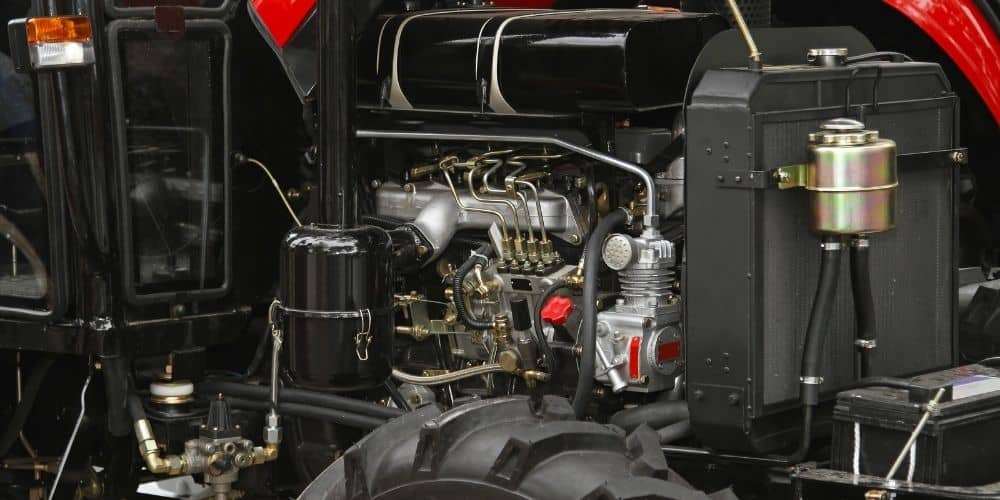
Step one: Determine engine specifications
Before starting the process of oil change, it is important to be aware of the workings of the engine and know the manufacturer’s specifications for oil change. An owner’s manual or a service manual can help in understanding this. If not available, a local dealership can be contacted to get the information about that specific tractor. Points to keep in mind:
- The type of engine oil to be used depends on the type of fuel the tractor runs on, thus one must find out whether the tractor runs on petrol or diesel.
- One must also know the tractor’s oil capacity i.e. the liters of oil the tractor can accommodate.
- The choice of engine oil should be made depending on the manufacturer’s recommendations regarding the oil grade, for example 15W-40 or 5W-30, etc.
Another important factor is the type of oil filter that the tractor needs. There are two main types of filters, spin-on and cartridge filter and only the specified type can be used to successfully change oil.
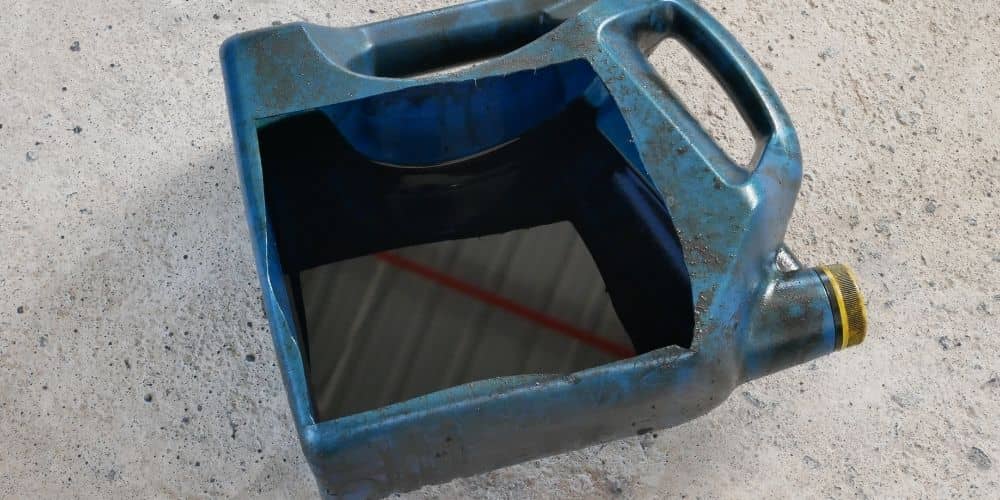
Step two: Drain the old oil
To drain the oil properly, first the tractor needs to be parked on a flat surface, with the engine turned off and the handbrake engaged. Using the service manual, you would need to find out where the oil plug is located, which is typically a large headed bolt on the bottom of the engine block. After placing a drain pan to catch the oil, loosen the oil plug with a wrench and then by hand once it is sufficiently loose. It is important to wear protective gloves during this time since the oil could harm the skin.
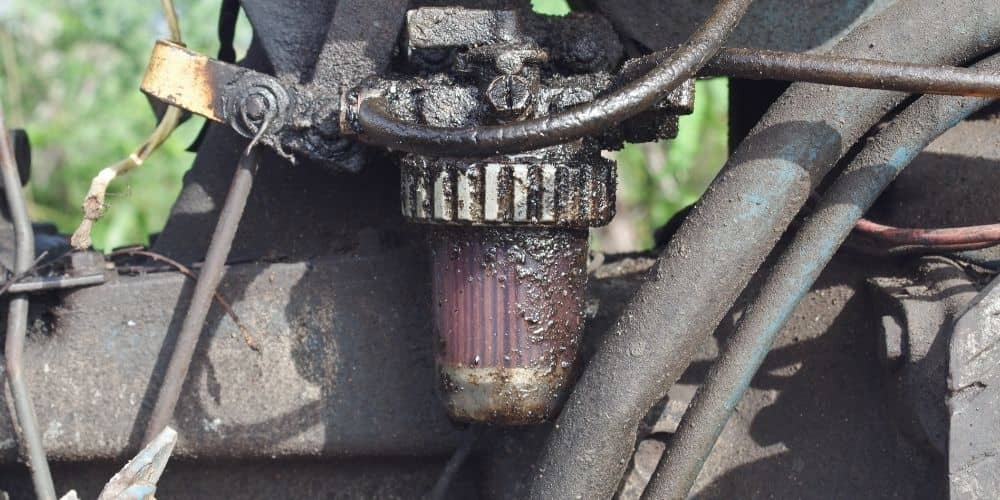
Step three: Remove the oil filter
As the oil starts to drain, locate the oil filter. Depending on the type of filter, you would either have to use a wrench or break the filter loose. Keeping an eye on any washers and gaskets present, for future reference, remove the oil filter slowly.

Step four: Get supplies
To save time while the oil drains, you can get the necessary supplies at this stage. You will need to purchase new oil, a new filter, a new drain plug crush washer, a new plug. You could also get a funnel, shop towels, etc. as needed.

Step five: Reinstall oil filter
In order to reinstall the oil filter, you must simply reverse the process of removing it. Depending on what type of filter is being used, you would either have to thread them on until fixed or bolt it back on. It is important to remember the earlier arrangement of the filter to ensure no error is being made.
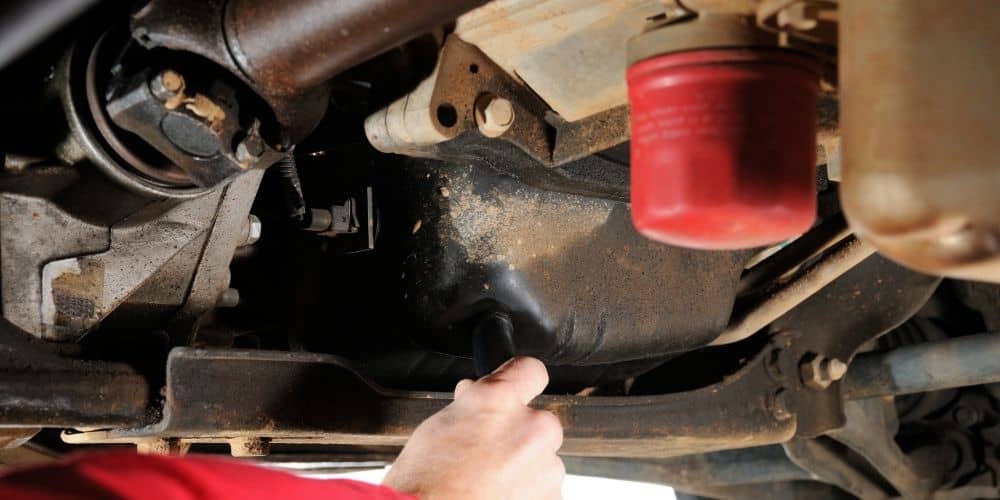
Step six: Tighten drain plug
Once the filter is installed, fix a new crush washer or O ring on the drain plug and thread it by hand until it is fixed. While tightening, it is important to keep in mind the torque specifications mentioned in the manual. The plug should be fit snug but not too tight to be removed later when needed.
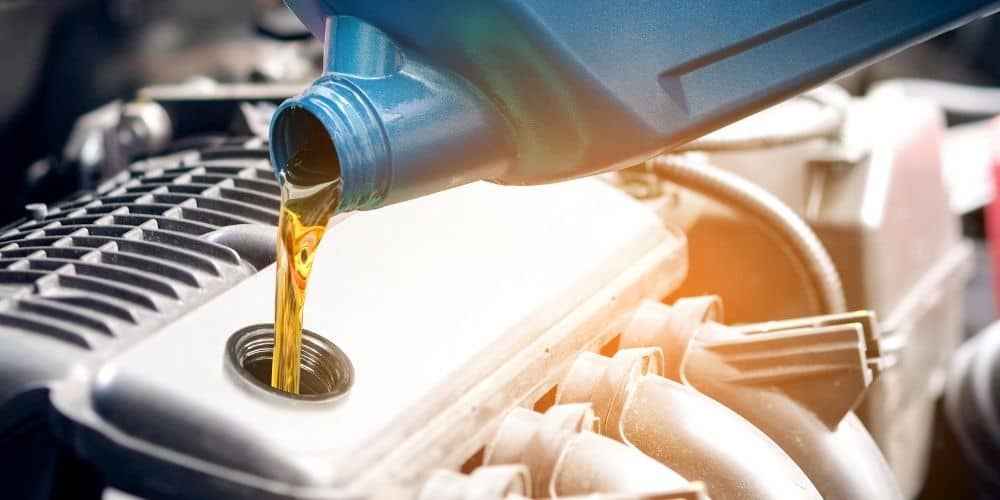
Step seven: Dispose of old oil
Once you are done with the drain plug, wipe and clean the surfaces and remove the drain pans. Make sure you store the old oil in an appropriate container with a tight lid. This can either be taken to be recycled or disposed of properly.

Step eight: Refill new oil
First, you must find the oil fill of your tractor. Then, using a funnel for maximum efficiency, fill the motor with the correct type, grade and amount of oil that has been specified in the manual. Pay attention to whether the specified amount includes the oil held in the filter. Once done, tighten the oil fill cap properly.
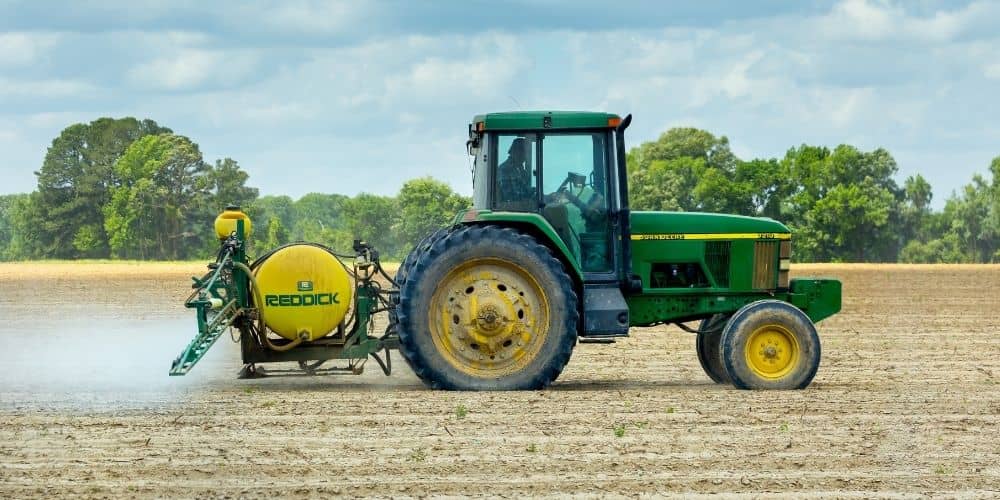
Step nine: Check for leaks
Once the process of changing the engine oil is over, it is necessary to ensure there are no leaks. Start the tractor with the gear in neutral and the handbrake engaged and let it idle for 30 seconds to a minute and check to see whether there is any leak near the oil filter or drain plug. Once you visually confirm there are no leaks, check the oil level with a dipstick. The level should be close to what the owner’s manual specifies and if it is not, then an appropriate amount of oil should be added or removed as needed.
Step ten: Clean up
After leaks have been checked, there is nothing left to do but clean up. Oil change can be a messy process and can lead to grease and oil being stuck on various parts of the tractor. Using proper degreasing products and shop towels, it is important to wipe and clean the outside of the tractor and also clean up the wrench, the drain pans and other implements that have been used in the process. This will prevent any damage and allow the implements to be used for longer.
Related Quesions
Conclusion
Engine oil is essential to the health of your tractor’s engine, which is why changing oil regularly is a must for all tractor owners. While engine oil can be changed in service stations, for those that are interested in machine maintenance and want to be more cost efficient, changing oil at home is preferable. However, it is necessary to read the owner’s manual carefully and understand the process of oil change, before trying to do it yourself.



